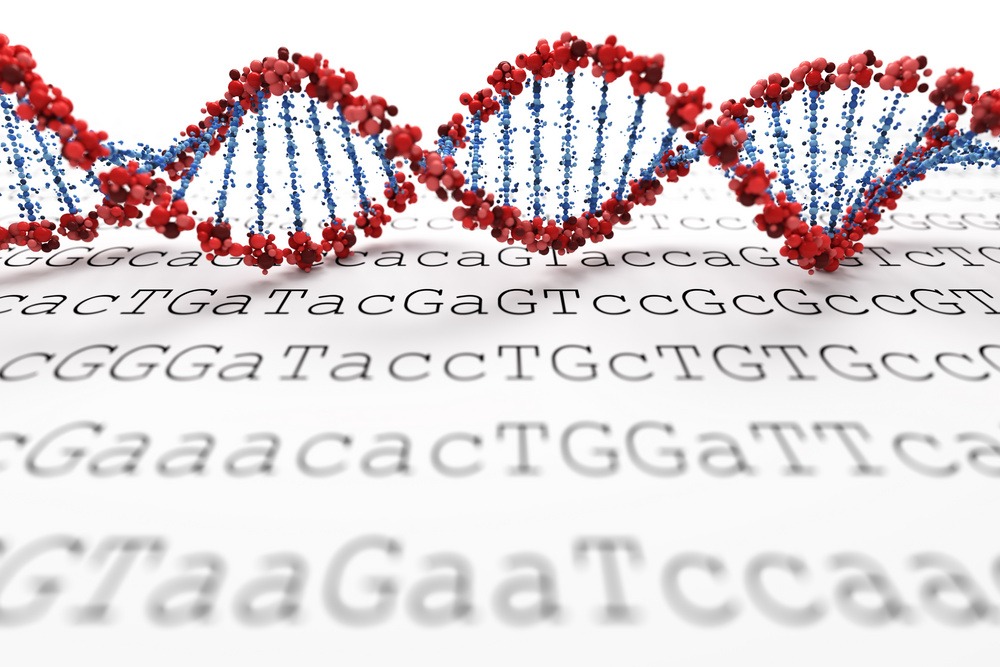Next generation sequencing also known as high-throughput sequencing, has significantly altered the landscape of genomics research. This novel sequencing technology enables researchers to sequence DNA and RNA much more rapidly and cheaply compared to previous methods. In this article, we discuss the major advancements Next Generation Sequencing has brought about and how it is fueling discoveries in biology, medicine and other fields.
Emergence of Next Generation Sequencing Technologies
The emergence of Next Generation Sequencing started in 2005 with the development of technologies that could sequence DNA in a massively parallel fashion. The two initial platforms that enabled high-throughput sequencing were sequencing-by-synthesis by Solexa/Illumina and sequencing-by-ligation by Applied Biosystems. Both approached utilized arrays to sequence templates of DNA in a massively parallel manner. Since then, there has been continuous innovation in sequencing chemistries and platforms by companies like Illumina, Roche/454, Ion Torrent and PacBio to increase sequencing output and read lengths while driving down costs. Today’s Next Generation Sequencing platforms can sequence gigabases of DNA or RNA within a day for a fraction of the cost compared to Sanger sequencing.
Lowering Costs and Increasing Scale
A major advantage of Next Generation Sequencing is the plummeting costs of DNA sequencing it has enabled. When the first draft of the human genome was published in 2001, it cost nearly $3 billion and took over a decade to complete. Thanks to rapid technological improvements, the cost of sequencing a whole human genome reduced to around $1,000 by 2017. This exponential decrease in sequencing costs is fueling large-scale genome projects that were previously economically infeasible. For example, the NIH-funded All of Us Research Program aims to collect genome sequence data from 1 million volunteers to advance precision medicine. Several other projects are undertaking population-scale sequencing to study genetic variants associated with diseases and drug responses across diverse populations. The lowering costs have also spurred the growth of consumer genomics companies that offer direct-to-consumer whole genome sequencing for recreational and genealogical purposes.
Applications in Biomedical Research and Precision Medicine
Next Generation Sequencing has transformed biomedical research by enabling investigation of genetic variations associated with human health and disease at an unprecedented scale and resolution. Whole genome, exome and transcriptome sequencing are providing novel insights into the genetic origins of complex traits, disease susceptibility and treatment responses. Some notable applications include:
– Cancer Genomics: Sequencing tumor and normal samples from cancer patients is revealing novel cancer genes, mutational signatures from carcinogens and personalized treatment options based on a tumor’s mutational profile.
– Rare Disease Diagnosis: Next Generation Sequencing-based gene panels and exome/genome sequencing have successfully identified the genetic causes of many previously undiagnosed rare Mendelian disorders, benefiting patient care.
– Pharmacogenomics: Combining genetic and drug response data through projects like the Pharmacogenomics Research Network is helping develop precision prescribing guidelines based on a patient’s genetic makeup.
– Infectious Disease Surveillance: Rapid pathogen sequencing helped identify the original SARS-CoV-2 coronavirus and track its global transmission, aiding public health response to the COVID-19 pandemic.
With falling costs, Next Generation Sequencing is increasingly being integrated into clinical practice for cancer and rare disease diagnosis, newborn screening, infection control and precision medicine applications. This transition promises more effective preventive care and targeted therapies tailored to an individual’s genome.
Beyond Sequencing: Other ‘Omics’ Technologies
While DNA sequencing forms the foundation, Next Generation Sequencing has also enabled high-throughput investigation of other biomolecules like RNA (transcriptomics), proteins (proteomics) and metabolites (metabolomics) involved in various biological processes. Integrating multi-omics datasets provides a systems-level view of biological systems and disease states. Some examples include:
– RNA-seq: Helping define the functional elements in genomes by sequencing RNA transcripts and quantifying gene and isoform expression levels.
– ChIP-seq: Mapping protein-DNA interactions genome-wide by sequencing DNA fragments pulled down by chromatin immunoprecipitation.
– Epigenomics: High-resolution maps of DNA methylation and histone modifications through technologies like methyl-seq and chromatin immuno-precipitation.
– Metagenomics: Direct sequencing of microbial communities from various environments like human microbiome without requiring isolates in culture.
The deluge of multi-dimensional data from Next Generation Sequencing and allied technologies is advancing our fundamental understanding of life at an unprecedented pace while also enabling myriad applications that were previously impossible without this transformative technology.
*Note:
1. Source: Coherent Market Insights, Public sources, Desk research
2. We have leveraged AI tools to mine information and compile it



